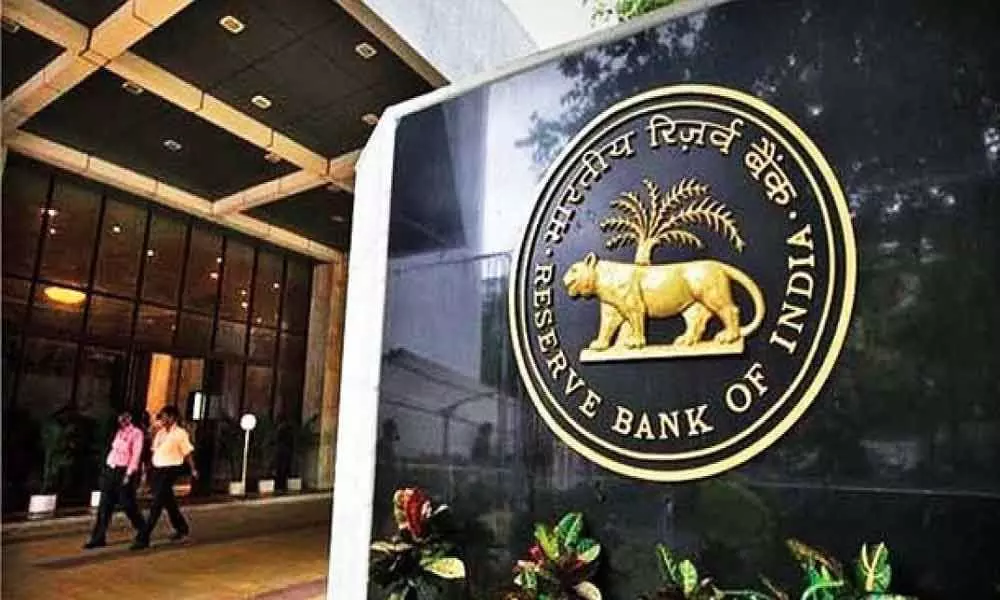Indian economy reviving at unforeseen pace: RBI

Indian economy reviving at unforeseen pace: RBI
As economic activities gather momentum and strive to get back to pre-Covid levels, the Reserve Bank of India has said that the Indian economy is reflating at a pace higher than most predictions.
New Delhi:As economic activities gather momentum and strive to get back to pre-Covid levels, the Reserve Bank of India has said that the Indian economy is reflating at a pace higher than most predictions.
The monthly bulletin of the central bank for December said the more evidence has emerged since the last bulletin which shows that the Indian economy is coming out of the Covid-induced slowdown.
"Since the assessment presented in the last month's article, more evidence has been turned in to show that the Indian economy is pulling out of COVID-19's deep abyss and is reflating at a pace that beats most predictions," it said.
It noted that economic conditions continued to improve through November 2020 on the back of the uptick in agriculture and manufacturing activity.
In the June-September quarter, India's GDP on a year-on-year basis contracted by (-) 7.5 per cent, narrowing from (-) 23.9 per cent in the preceding quarter.
In its last monetary policy meet, the RBI revised the real GDP growth projection for FY21 upwards to (-) 7.5 per cent on the back signs of faster recovery after the narrowing of the GDP contraction for the July-September, along with hopes of Covid-19 vaccines.
It was an upward revision from the earlier estimate of (-) 9.5 per cent.
Post the last MPC meet, RBI Governor Shaktikanta Das had said that the growth will enter positive zone in the third quarter of current fiscal with projection that GDP may grow at 0.1 per cent and the growth will further improve in Q4 to 0.7 pet cent.
In its December bulletin, RBI also said that financial conditions embodied in interest rates are perhaps at their easiest in decades. Although headwinds blow, steadfast efforts by all stakeholders could put India on a faster growth trajectory, it added.
The bulletin said that states across all the regions saw a sharp fall in economic activity in April following the announcement of nationwide lockdown. Subsequently, Coincident Index of all regions exhibited recovery, albeit, with intermittent downward movements.
A Coincident Index (CI) with daily high frequency variables helps aims to capture the dynamics of economic activity at state level in the country. CI is constructed with four indicators representing a mix of demand and supply dynamics and based on availability of data at daily frequency at the state level --total vehicle registrations, electricity consumption, air quality index, Google and Apple mobility data.
As per CIs, Northern region saw the sharpest recovery in June followed by positive momentum in July, while the Western states of Gujarat and Maharashtra saw the slowest recovery, which was prolonged till end-July and first week of August.
Notably, CIs for states across regions registered sharp upturn in October, is said. Even though some moderation was recorded in first half of November, momentum remained positive and revived in the second half in most states.
The bulletin noted that CI has a positive and statistically significant relationship with growth in industrial output.














